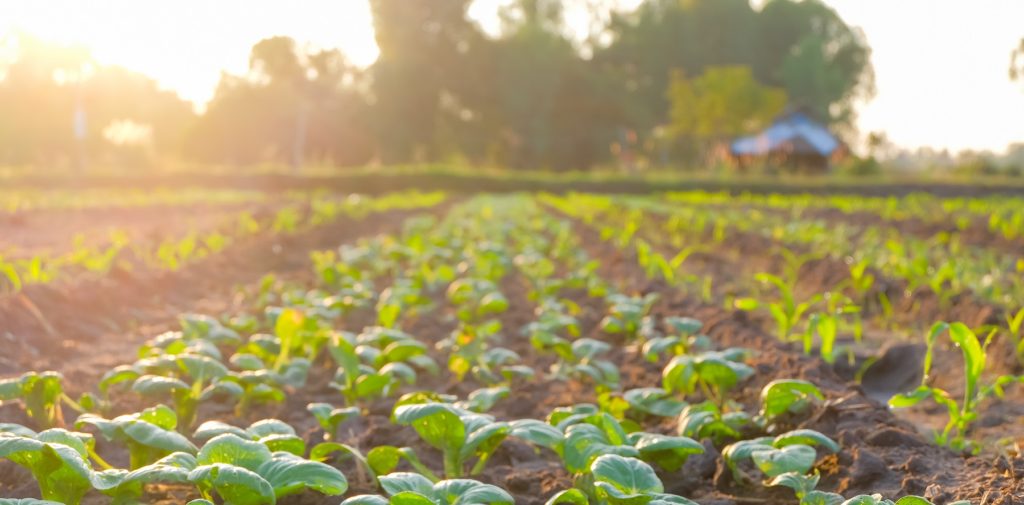When the Government’s ‘Path to Sustainable Farming’ plan was announced, it was confirmation of an already widely acknowledged intent to transform the way farmers and land managers are supported and the instigation of a new, more sustainable, landscape for UK farming.
January 2021 marks the start of the agricultural transition period – a time that will see significant changes to the farming industry, financially this means the phasing out of various ‘top-down’ rules, including Direct Payments.
This is a plan that is designed to re-shape both the physical and financial environments the sector operates within, with a focus on protecting the natural world and developing the green economy, whilst supporting the food, farming and fishing sectors it directly impacts.
2021 to 2027 is being deemed a ‘transition period’, so the new policies will not be introduced overnight, but phased in gradually, with the Government indicating that it will be their aim to learn and adapt. This will give farmers the opportunity to slowly adjust to the move away from Direct Payments. Payments will start to reduce from 2021, with the Government decreasing total spend by around 15% in 2022 and 2023, and the last payments being made in 2027.
It has long been emphasised that this is a plan not just for the farmers of today, but for the generations of farmers to come. There is a continued emphasis on moving away from area-based subsidy payments to create a funding system that enables farmers to run viable, environmentally sound businesses that do not rely on public subsidy.

The Government intends to utilise the money it saves by reducing, and ultimately ending, Direct Payments, by introducing other types of support through its Environmental Land Management plan.
Core elements of the Environmental Land Management plan will start rolling out between 2021 and 2024, including its three main components:
- The Sustainable Farming Incentive, which will support sustainable approaches to farm husbandry, including actions to improve soil health and water quality, enhance hedgerows and promote integrated pest management;
- Local Nature Recovery (which will eventually replace Countryside Stewardship), which focuses on bringing back nature into farming; and
- Landscape Recovery, which will support more fundamental changes to land use.
The full roll-out of the three components of the Environmental Land Management offer will begin in late 2024 and by the end of the same year, it is expected that legacy Basic Payment Scheme payments will have reduced by about 50%.
In addition to the core elements of the scheme, the Government will be offering grants to support investment on farms and improve profitability. New exit schemes will be introduced to help farmers retire, alongside support for those just entering the sector, with proposals to make holdings available to those that want to start out on their own.
The Environmental Land Management scheme will have a substantial influence on the Government achieving some of the goals within its wider 25 Year Environment Plan. This is an evolution in the way the farming industry is financially supported, with measures that will underpin a shift towards a sector that will improve the environment and help to reduce carbon emissions.
A full version of The Path to Sustainable Farming: An Agricultural Transition Plan 2021 to 2024 can be found by clicking here.

